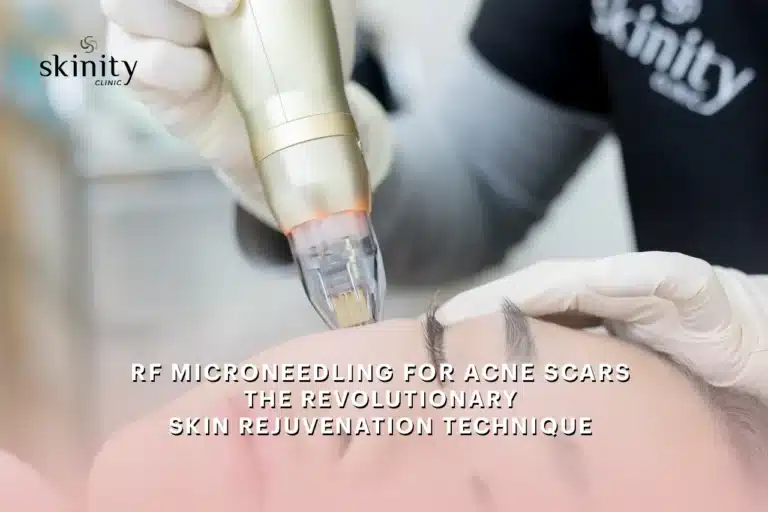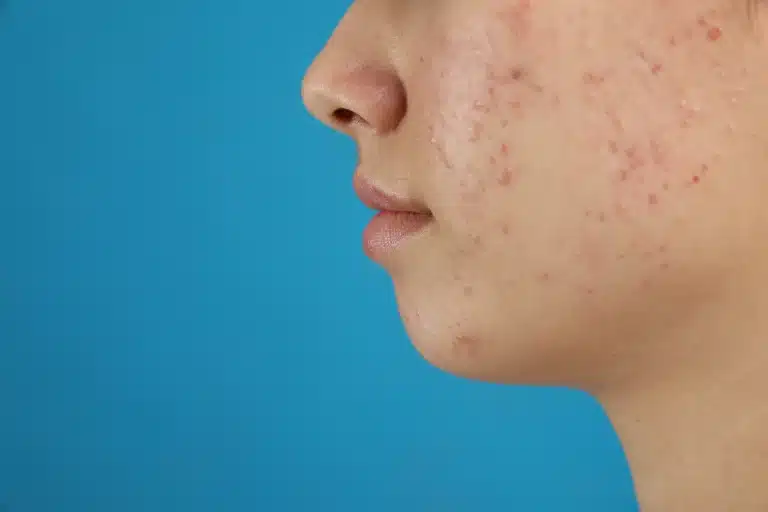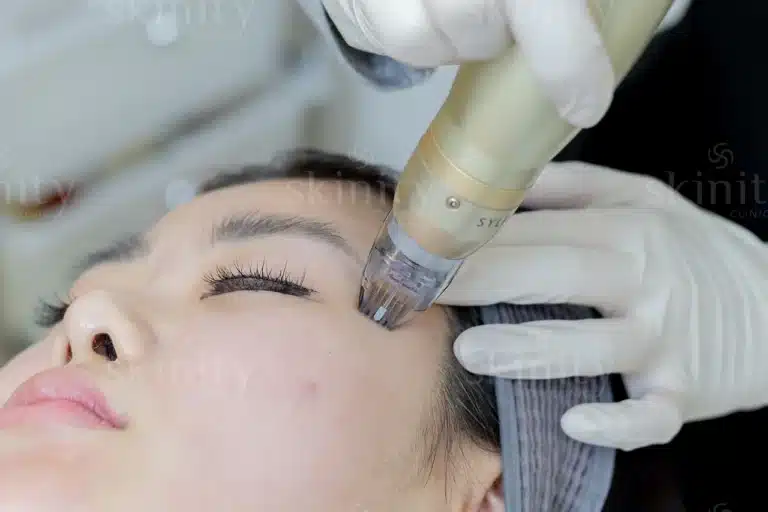In the world of cosmetic enhancements, dermal filler injections have become a popular choice for those seeking a youthful and rejuvenated appearance. This non-surgical procedure offers a range of benefits, from smoothing out wrinkles to enhancing facial contours. If you’re considering dermal fillers, this comprehensive guide will provide you with all the information you need to make an informed decision.
What Are Dermal Fillers?
Dermal fillers are injectable substances used to restore volume, smooth lines, and enhance facial features. They are typically made from hyaluronic acid, a naturally occurring substance in the skin that helps maintain hydration and elasticity. Other types of fillers may contain calcium Hydroxylapatite, Poly-L-Lactic acid, or Polymethyl Methacrylate (PMMA).
The Benefits of Dermal Filler Injections
- Immediate Results: One of the most appealing aspects of dermal fillers is the immediacy of the results. Unlike other cosmetic treatments that may require weeks or months to show effects, dermal fillers provide instant improvements.
- Minimal Downtime: Dermal filler injections are minimally invasive, meaning there is little to no downtime. Most patients can return to their daily activities immediately after the procedure.
- Natural-Looking Enhancements: When administered by a skilled professional, dermal fillers can provide subtle and natural-looking enhancements. They can be used to smooth out wrinkles, plump up lips, and restore volume to sunken areas.
- Versatility: Dermal fillers can address a wide range of cosmetic concerns. Whether you want to reduce the appearance of nasolabial folds, enhance your cheekbones, or fill in hollow temples, there is a filler designed for each purpose.
- Long-Lasting Results: While the longevity of dermal fillers varies depending on the type of filler and the area treated, many patients enjoy the results for six months to two years.
The Dermal Filler Injection Process
Understanding what to expect during the dermal filler injection process can help ease any anxiety and ensure a smooth experience.
- Consultation: The process begins with a consultation with a qualified healthcare professional. During this appointment, you’ll discuss your aesthetic goals, medical history, and any concerns you may have. The provider will assess your facial structure and recommend the best type of filler for your needs.
- Preparation: On the day of the procedure, the treatment area will be cleaned, and a topical anesthetic may be applied to minimize discomfort. Some fillers also contain a local anesthetic, such as lidocaine, to enhance comfort during the injection.
- Injection: The provider will strategically inject the filler into the targeted areas using a fine needle or cannula. The number of injections and the amount of filler used will depend on the desired outcome.
- Post-Treatment Care: After the injections, you may experience mild swelling, redness, or bruising at the injection sites. These side effects are typically temporary and resolve within a few days. Your provider will give you specific aftercare instructions to ensure optimal results.
Choosing the Right Provider
The success of dermal filler injections largely depends on the skill and expertise of the provider. Here are some tips for choosing the right professional:
- Credentials: Ensure that the provider is a licensed healthcare professional with specialized training in cosmetic procedures.
- Experience: Look for a provider with extensive experience in administering dermal fillers. Ask to see before-and-after photos of previous patients to gauge their work.
- Reputation: Read reviews and testimonials from past clients. A reputable provider will have positive feedback and a track record of satisfied patients.
- Consultation: A thorough consultation is a sign of a provider who takes the time to understand your goals and develop a personalized treatment plan.
Potential Risks and Side Effects
While dermal filler injections are generally safe, they do carry some risks. Potential side effects include:
- Bruising and Swelling: Mild bruising and swelling are common after the procedure but usually subside within a few days.
- Infection: There is a slight risk of infection at the injection site. Proper hygiene and post-treatment care can minimize this risk.
- Asymmetry: In some cases, the results may be uneven. This can be corrected with additional injections or adjustments by the provider.
- Allergic Reactions: Although rare, some individuals may have allergic reactions to the filler material.
Conclusion
Dermal filler injections offer a convenient and effective solution for those looking to enhance their appearance without undergoing surgery. With immediate results, minimal downtime, and a variety of applications, it’s no wonder these treatments have gained popularity. By choosing a qualified provider and following post-treatment care instructions, you can achieve beautiful, natural-looking results that boost your confidence and help you look your best.
Whether you’re new to cosmetic treatments or considering an enhancement, dermal fillers could be the answer to achieving your aesthetic goals. Consult with a trusted professional to explore your options and embark on your journey to a more youthful and refreshed appearance.





